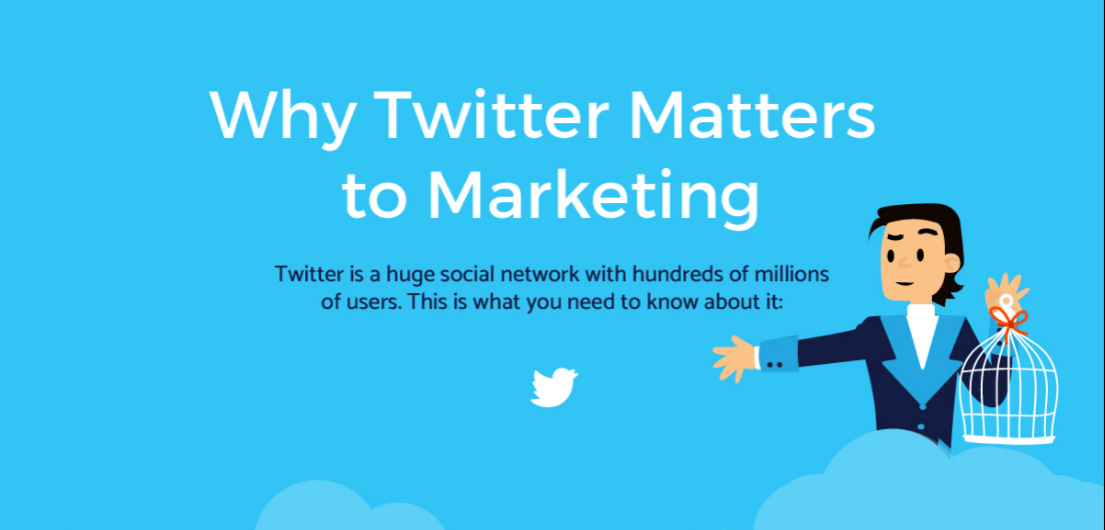
In today’s digital era, the importance of consumer perception can’t be overstated, especially for businesses reliant on daily customer interactions. For food delivery giants like Zomato and Swiggy, how users perceive and interact with them on social media platforms such as Twitter can profoundly impact their business performance. This blog takes you through an insightful journey of Exploratory Data Analysis (EDA) and Sentiment Analysis of tweets that mention Zomato and Swiggy, giving us a peek into public perception of these brands.

Twitter(x) is one of the fastest ways to gauge real-time customer sentiment. Whether it's praise, criticism, or casual commentary, the platform is a treasure trove of insights for businesses aiming to understand how they are perceived by the masses. Tweets, by their nature, are candid and usually offer a raw and unfiltered view into what customers truly think.
The purpose of this analysis is to perform two major tasks:
EDA (Exploratory Data Analysis): To uncover key insights about the nature of tweets surrounding Zomato and Swiggy, such as the most frequent keywords, trending topics, and user engagement patterns.
Sentiment Analysis: To categorize the tweets into positive, negative, and neutral sentiments, offering a comparative view of how each brand is perceived.
| tweetText | tweetAuthor | handle | replyCount | quoteCount | retweetCount | likeCount | views | bookmarkCount | createdAt |
|---|---|---|---|---|---|---|---|---|---|
| gentle reminder to work hard so your manager can taste success | zomato | @zomato | 80 | 4 | 13 | 412 | 29631 | 6 | 27-09-2024 10:38 |
| aap log khaana hi order karo, yahan kuch crash nahi hoga 👍 #Coldplay | Swiggy Food | @Swiggy | 93 | 29 | 86 | 1900 | 56640 | 20 | 22-09-2024 12:40 |
Removing unwanted characters, URLs, and mentions.
Tokenizing the tweets (splitting them into words).
Correcting spelling mistakes.
Filtering out stop words (common words with little meaning such as 'the', 'and', etc.).
Here you can see the Correlation between the dataset

Visual representation is crucial to highlight trends. Using libraries like Matplotlib, Plotly, and Seaborn, the analysis will create engaging visuals to depict:

The graph shows the retweets over time for both Zomato and Swiggy from early 2023 to late 2024. Here are the key observations:
Conclusion:
Sentence Length and Wordcount Weighted Average

Sentence Length Distribution

Number of Activities per hour period of the day

Time of the day most Tweeted

This is the heart of the analysis. By utilizing VADER Sentiment Analysis, we can classify each tweet as:
Count of Tweets Sentiments

Sentiment Distribution for Zomato and Swiggy


We can then compare the sentiment breakdown for Zomato and Swiggy, answering key questions like:
By employing Latent Dirichlet Allocation (LDA), topic modeling can be used to discover the primary themes discussed in tweets about both brands. This analysis highlights which services or features—such as delivery speed, food quality, or customer service—are more frequently mentioned in connection with Zomato and Swiggy.
Zomato

Swiggy

The EDA and sentiment analysis reveals fascinating insights into how the public perceives Zomato and Swiggy. By keeping a close eye on their social media presence and continuously analyzing customer feedback, both brands can better cater to their users’ needs and make data-driven improvements. Ultimately, this data-driven approach can give businesses like Zomato and Swiggy a competitive edge in the highly competitive food delivery market.